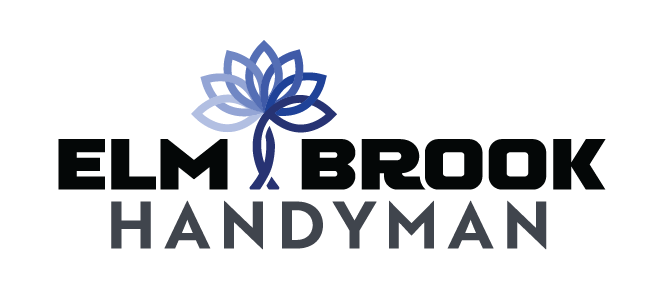Sealing the Deal: Wax vs. Better Than Wax Toilet Seals for Homeowners
When it comes to toilet installation and repairs, one small but crucial component homeowners must consider is the seal that prevents leaks between the toilet base and the drain pipe. Traditionally, wax rings have been the go-to choice, but innovative products, often termed "Better Than Wax" seals, are on the rise. In this blog post, we'll explore the differences between these two options from a homeowner's perspective.
Traditional Wax Rings: The Classic Seal
For decades, wax rings have been the standard in toilet seals. Made of a pliable wax, they're designed to mold and fit the contours of the toilet and the floor flange, creating a watertight seal. Their popularity stems from their proven track record and affordability.
Pros for Homeowners:
Cost-effective: Wax rings are generally less expensive than their modern counterparts.
Availability: They are widely available at any hardware store or home center.
Proven Reliability: When installed correctly, wax rings provide a strong, long-lasting seal.
Cons for Homeowners:
Messy Installation: Wax can be sticky and difficult to work with, especially for DIYers.
One-Shot Placement: Once the toilet is set down, repositioning can break the seal, necessitating a new wax ring.
Susceptible to Temperature Fluctuations: Extreme cold can harden the wax, while heat can make it too soft.
'Better Than Wax' Seals: The Modern Approach
'Better Than Wax' toilet seals are newer to the market and come in various materials such as foam or rubber. Manufacturers claim they offer several advantages over traditional wax rings, particularly in terms of installation and durability.
Pros for Homeowners:
Repositionable: Most 'Better Than Wax' seals allow you to reposition the toilet without ruining the seal, which is very forgiving for novices.
Less Mess: They offer a cleaner install, without the sticky residue left by wax.
Durability: These seals aren't affected by temperature, providing a consistent seal in various conditions.
Resilient: Many are resistant to impurities, which can degrade traditional wax rings over time.
Cons for Homeowners:
Price Point: They tend to be more expensive than wax rings, though not prohibitively so.
Compatibility Issues: Some models may not fit every type of toilet or flange setup.
Newer on the Market: They lack the long-term track record that wax rings hold.
What Should Homeowners Choose?
The decision largely depends on personal preferences and specific circumstances. Here's what to consider:
As we've explored the comparisons, it's clear that both wax and 'Better Than Wax' seals have their advantages. However, given the advancements in toilet seal technology and the benefits that come from innovation, we suggest homeowners opt for 'Better Than Wax' rings.
Here’s why:
Ease of Use: The ability to reposition your toilet without compromising the seal is a game-changer, especially for those with less plumbing experience.
Cleaner Installation Process: Avoiding the messy wax means a cleaner job and an easier cleanup, which is always a plus in any home project.
Long-Term Durability: Not being affected by temperature fluctuations means a more reliable seal over time, providing homeowners with added security against leaks.
Resilience Against Impurities: The modern materials used in 'Better Than Wax' seals resist common toilet and sewer line impurities, which often lead to the breakdown of traditional wax rings.
While 'Better Than Wax' seals may come at a higher upfront cost compared to wax rings, the long-term benefits and ease of installation are worth considering. Investing in a 'Better Than Wax' seal can save homeowners time and hassle in the future, not to mention the potential costs associated with fixing a leak due to a failed or improperly installed wax ring.
Final thoughts
With the industry moving towards more innovative and user-friendly options, we see 'Better Than Wax' toilet seals as the future of plumbing. Homeowners who choose to install 'Better Than Wax' seals will likely find themselves ahead of the curve, enjoying a cleaner, more straightforward installation process and a more resilient, reliable product.
Remember, no matter which seal you ultimately decide on, ensure that it's compatible with your toilet and installed correctly. When in doubt, consult with a professional who can provide expert advice and assistance.


